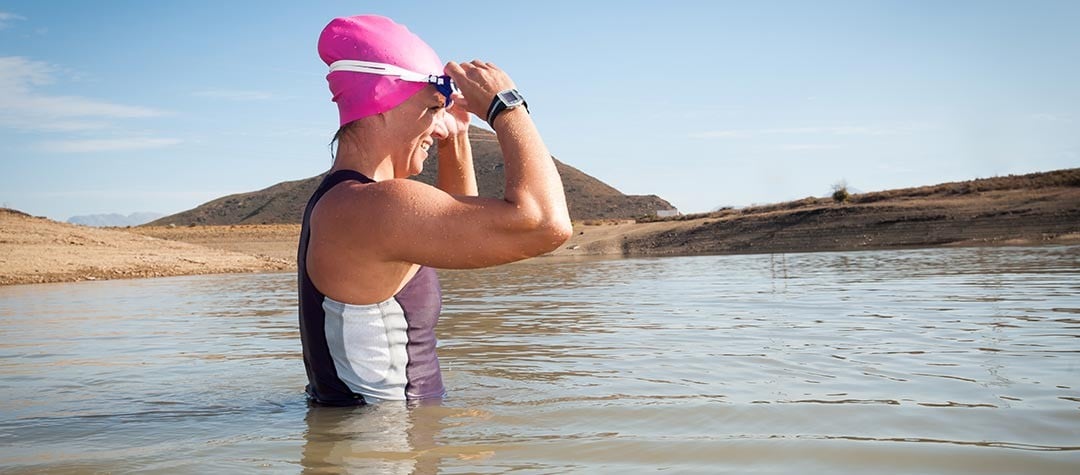Discover how to do an effective taper - the practice of reducing exercise in the days just before an important race competition.
There is no hard or fast rule to tapering. Everyone is different and younger swimmers may choose to do it less than older ones. Tapering down is typically 1-3 weeks before an event.
One week is usually plenty of time to feel rested and recovered if you are used to endurance training throughout the season. For longer events such as 5-10k, some competitors feel more comfortable tapering for only a few days to keep the stamina, although I personally don’t believe you will lose endurance in 1-2 weeks. The importance of tapering is to stop the muscles from breaking down and allow them to rebuild and refuel to maximum muscle strength.
The importance of tapering is to stop the muscles from breaking down and allow them to rebuild and refuel to maximum muscle strength.
You can focus your tapering sessions on different things. You may choose to concentrate on your stroke technique, perfecting your starts, finishes, pacing, feeding and the navigation of a race or even a bit of everything to keep it interesting.
It is important to keep the body ticking over for endurance, as tapering involves the reduction in intensity and distance covered in the weeks leading up to an event. Tapering doesn’t only leave you physically fresh, but is mentally refreshing as well from a hard year of training.
How much distance you do depends on your event and you as an individual, however typically during the taper I would reduce to 50 per cent of the distance and 75 per cent of my pace, focusing on technique and rhythm. I would use the pool to stay sharp with 2-3k sets and also include 1 or 2 sessions of approximately 3k of constant swimming in open water which will help to keep me mentally confident as well as being able to monitor my pace.
As in any taper, it is important to do a good warm up and warm down at an easy pace in order to get the blood to the muscles and loosen off, this helps to avoid injury. In a typical pool taper you might mix speed work, drills and short pace sets.
Typically during the taper I would reduce to 50 per cent of the distance and 75 per cent of my pace, focusing on technique and rhythm.
It is important when training for an open-water event to push yourself keeping an increased heart rate over a long period. As the open water events are typically a longer distance than in a pool you will require stamina, instead of short bursts of speed. However, you may decide to include the odd sprint session to practice starts, overtaking or a finish of a race.
For me personally I would ease my intensity down the final week and have the day before an event completely off to rest, eat well and focus my mind on positive thoughts for the event. I would visualise how I want the race or event to go and stay relaxed listening to my motivational CD’s. I would also stretch well, get a light massage to rub away any tightness, trying to stay as loose as possible.
Although open-water swims tend to be much tougher physically than pool racing with more wear and tear, the muscle memory is there. The body is used to swimming for long periods and knows what to do.
My advice is not to over analyse how long you should taper for and just listen to your body – everyone is different. You need to be firing on all cylinders mentally as well as physically and therefore do what you are comfortable with. However, remember as mentioned earlier, it is my view that you will not lose your fitness over a 1-2 week period by reducing the training load.
Athletes taper for a reason not just for rest, often rest can be overlooked with the belief that constant training can mean better results. Over-training is a common problem with athletes and going into a race tired and sluggish could have a significantly detrimental effect to your overall outcome and even cause injury so don’t be afraid of tapering.















